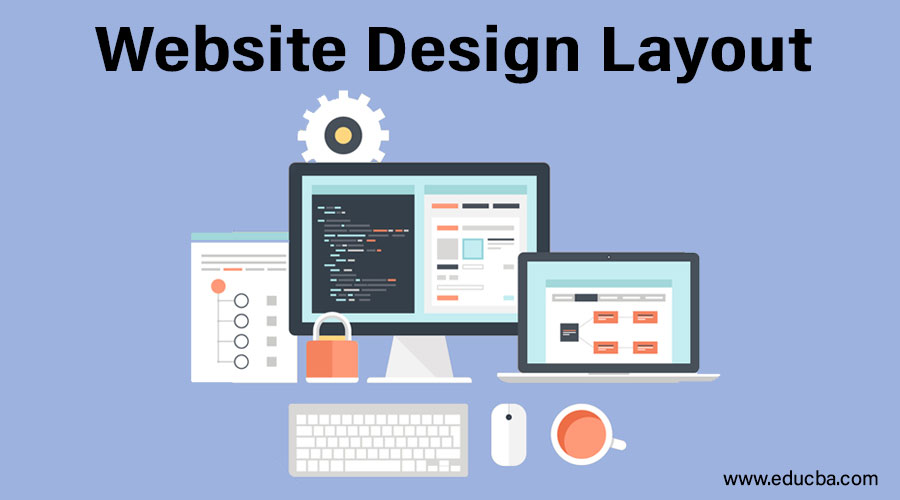Essential Tips for Crafting High-Impact Internet Site Designs
In the realm of electronic marketing, the layout of a website serves as an essential touchpoint for engaging prospective clients. To create high-impact web site layouts, one must take into consideration vital elements such as target market understanding, user experience, and visual pecking order.
Understand Your Audience
Recognizing your audience is essential to efficient internet site layout. A site that resonates with its site visitors is often the result of complete research study and insights into customer behaviors, demographics, and choices. Identifying target customers enables designers to tailor content, visuals, and performances that satisfy their details demands, improving involvement and fulfillment.
To effectively understand your target market, begin by conducting group analyses to collect information on age, sex, place, and passions. This information functions as a foundation for creating individual personas, which stand for the vital characteristics of your target market. These personas guide decision-making in style aspects and web content method, making sure positioning with customer assumptions.
Additionally, analyzing user habits through devices like Google Analytics can disclose just how visitors interact with your website. Metrics such as bounce prices and time on web page can highlight areas that need improvement or change. Individual studies and responses likewise offer very useful understandings into choices and discomfort factors.
Inevitably, a deep understanding of your audience is not just beneficial but necessary. It empowers developers to create more pertinent, appealing, and practical internet sites that cultivate a positive customer experience and drive desired results.
Prioritize Individual Experience
When making a site, focusing on user experience (UX) is extremely important to accomplishing both customer fulfillment and organization goals. A well-crafted UX makes sure that visitors can navigate the website easily, locate the details they require, and involve with content properly. To complete this, it is important to embrace a user-centered layout method that involves understanding individual needs, choices, and habits.
Start by carrying out detailed research, including customer studies and use screening, to collect understandings right into exactly how individuals communicate with your website. This information should educate style choices, making sure that features and designs line up with individual assumptions. Structured navigation is necessary; visitors need to have the ability to situate information quickly without unneeded clicks or confusion.

Last but not least, guarantee that your web site is easily accessible to all individuals, including those with impairments. Following availability standards not only widens your audience yet likewise promotes inclusivity. By focusing on UX, you lay the foundation for an effective internet site that satisfies both customer requires and company objectives.
Embrace Visual Power Structure
A well-structured visual hierarchy plays a substantial role in improving customer experience by directing visitors' focus to the most essential components of a website. By tactically preparing content, designers can produce a clear course for individuals to comply with, ensuring they engage with necessary info properly.

Additionally, the positioning of elements on the web page is important. Leading the audience's gaze through the format can be accomplished by placing crucial information on top or in the facility, where users normally begin their aesthetic journey. Integrating whitespace around components can also enhance clarity, making it less complicated for customers to refine details without really feeling bewildered.
Lastly, using typography effectively adds to aesthetic power structure. Different typeface weights, designs, and dimensions can denote importance, leading users through the web content perfectly. By embracing these concepts, developers can produce an instinctive experience that fosters engagement and go urges users to discover better.
Enhance for Mobile
Mobile optimization is necessary in today's electronic landscape, as a considerable part of internet traffic originates from mobile phones. To guarantee a smooth individual experience, sites need to be designed with mobile users in mind. This entails using responsive website design strategies that adjust the layout, images, and text to fit different screen dimensions while preserving performance and visual appeals.
First, prioritize filling speed, as mobile customers often operate slower networks. Lessen and maximize pictures code to improve efficiency. Furthermore, navigating must be intuitive; think about executing a simplified menu that enables simple access to necessary pages without overwhelming users.
Touch targets, such as buttons and links, should be appropriately sized, guaranteeing they are easily tappable without mistakes. Ensure that forms are mobile-friendly by lessening input fields and making use of dropdowns where applicable, basics simplifying the user experience.
Lastly, examination your internet site across different mobile phones and web browsers to determine any concerns that may affect functionality. By prioritizing mobile optimization, you not just improve user contentment but also positively impact your website's online search engine ranking, thus attracting more site visitors and improving total interaction.
Implement Strong Branding
Producing a cohesive and identifiable brand is essential to developing a solid on-line visibility. A distinct brand name not only differentiates you from competitors yet likewise fosters depend on and commitment among your audience. To carry out strong branding, start by creating a clear brand identity that encapsulates your mission, values, and vision - website design copyright. This identity must be mirrored constantly throughout all digital touchpoints, including your web site, social networks, and email communications.
Aesthetic components such as logos, color design, and typography play a vital function in branding. Choose a shade scheme that resonates with go to my site your target audience and reflects your brand character. Guarantee that your logo is flexible and plainly presented on your web site, enhancing brand recognition.
Content is similarly important; your intonation must straighten with your brand identification, whether it's expert, pleasant, or authoritative. Engaging storytelling can even more reinforce your brand, developing a psychological connection with individuals.
Conclusion
Finally, crafting high-impact website designs requires a diverse approach that incorporates understanding the target market, focusing on individual experience, and embracing aesthetic power structure. Optimization for smart phones remains important, along with the execution of strong branding methods. By incorporating these aspects, web sites can efficiently engage customers, facilitate smooth navigating, and foster emotional links that boost brand name identification. Inevitably, adherence to these principles adds to the development of engaging and reliable digital experiences that reverberate with target market.
To produce high-impact website layouts, one must consider important aspects such as target market understanding, customer experience, and visual power structure.When making a web site, focusing on individual experience (UX) is vital to attaining both individual contentment and business objectives.Begin by performing extensive study, consisting of individual surveys and functionality testing, to gather insights into exactly how individuals connect with your website. To guarantee a smooth individual experience, internet sites need to be developed with mobile individuals in mind.In verdict, crafting high-impact website designs necessitates a diverse method that incorporates understanding the target market, focusing on customer experience, and accepting visual pecking order.